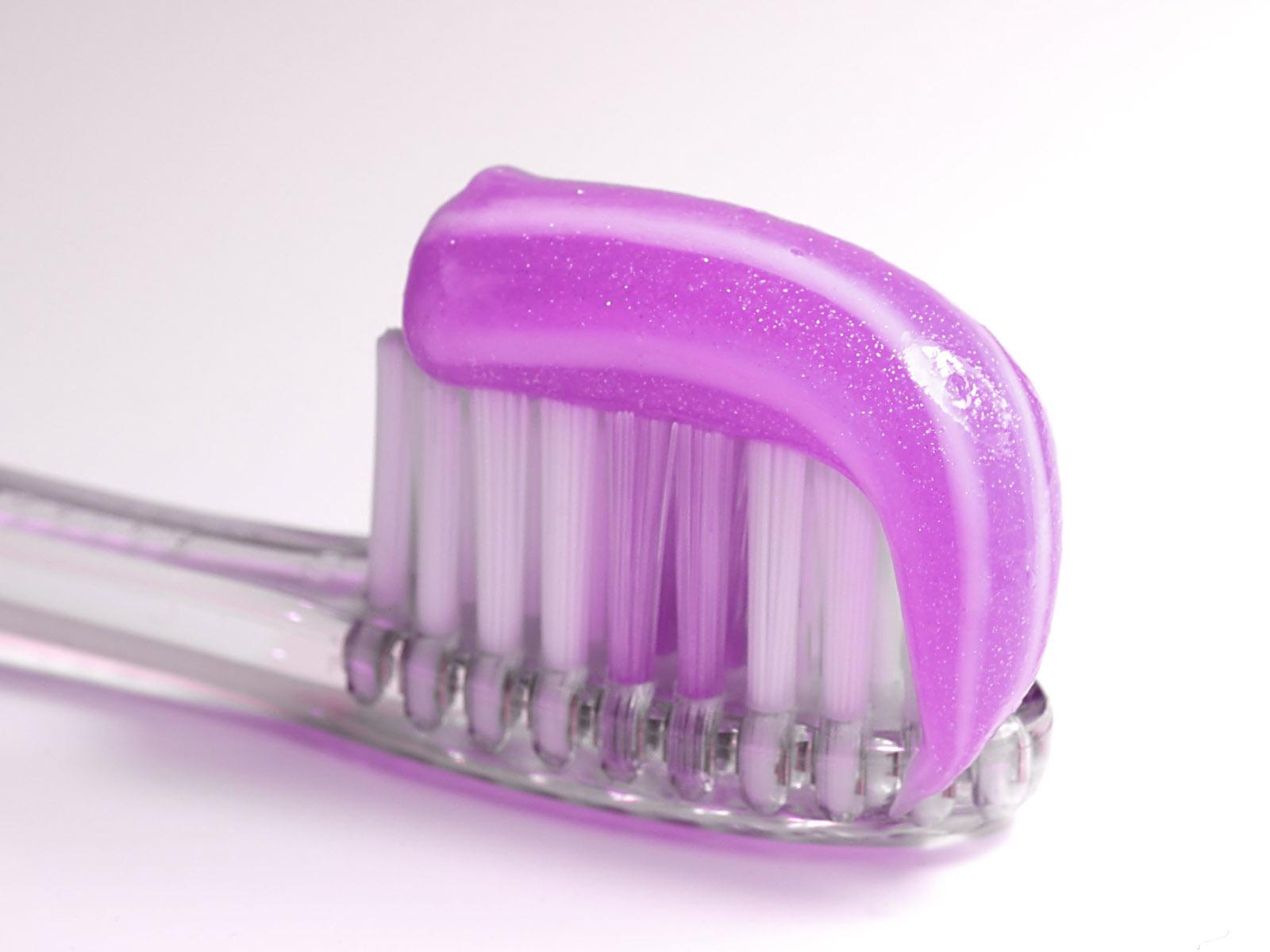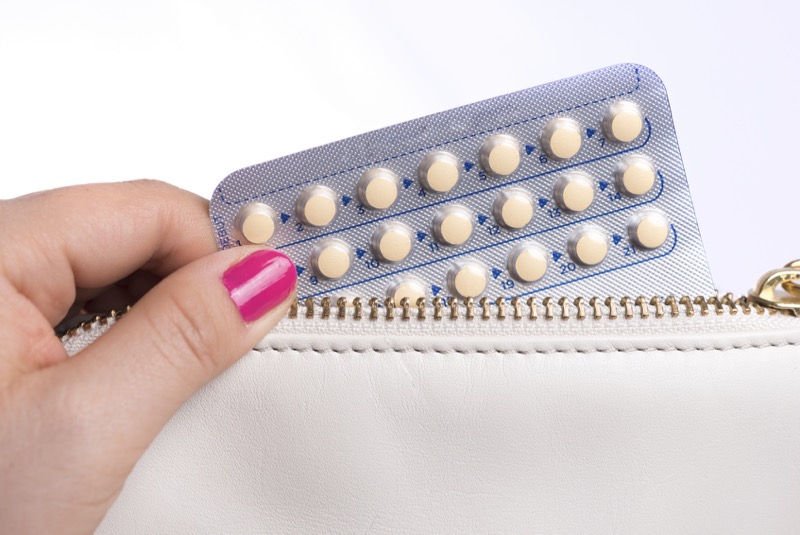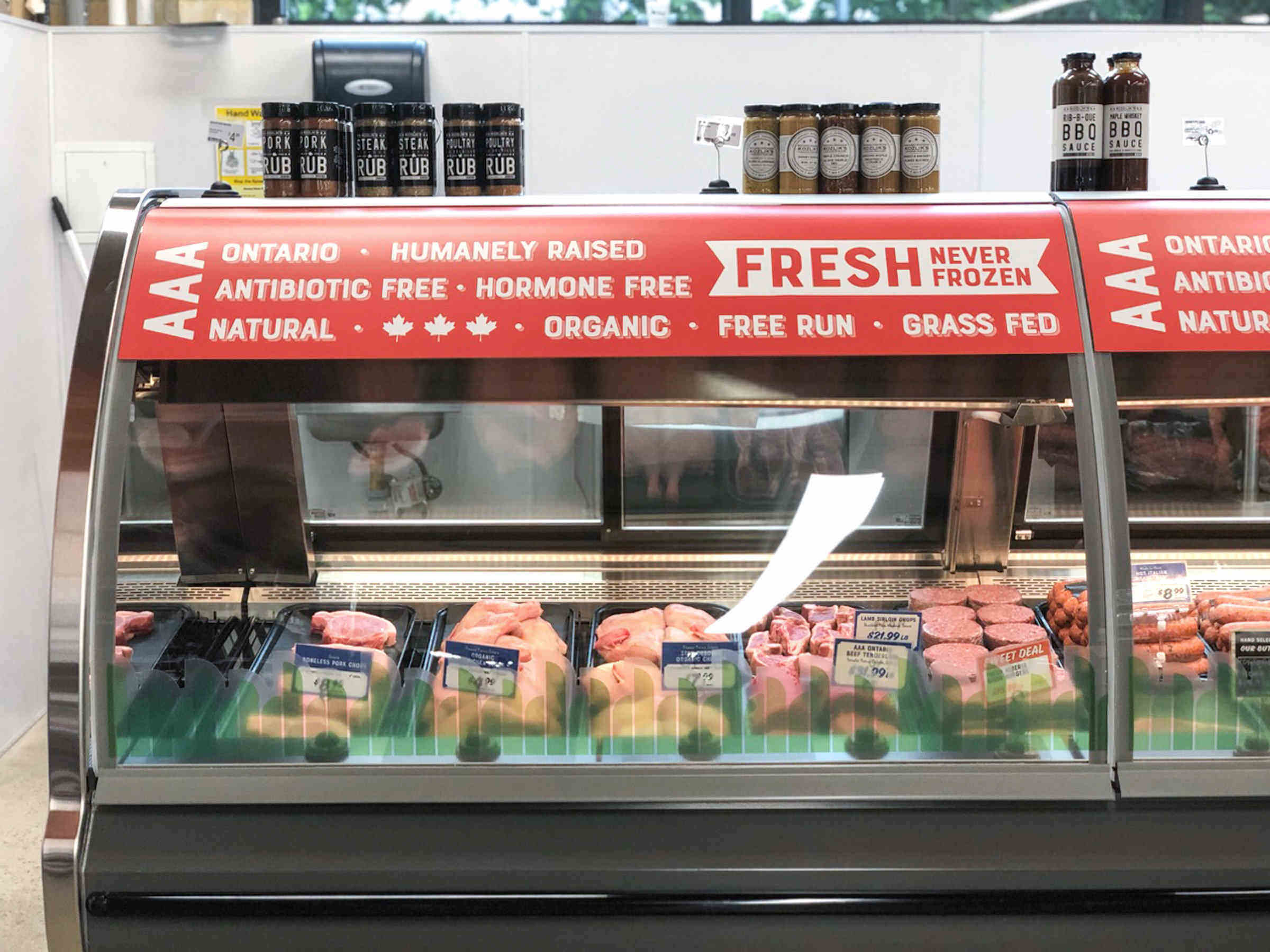Living Beauty: 10 Facts Your Dentist Forgot To Tell You, Part 2

Written by Nadine Artemis.
In case you missed it, last week Nadine revealed how we can keep our teeth bright and shiny the natural way. Here are some more great and surprising facts from Nadine!
Fact #5: Toothpaste has chemicals you would not want in your mouth, or your body!
Although we were all raised with a toothbrush and toothpaste, just stroking your teeth with a toothbrush and rinsing will remove more bacteria and plaque than using a brush with regular toothpaste. Baking soda is less abrasive to enamel than toothpaste.
Fact #6: Chronic diseases can originate from root-filled teeth.
According to Dr. George Meinig, author of Root Canal Cover-Up, “high percentage of chronic degenerative diseases,” most frequently heart and circulatory disease and joint diseases, can be traced to root canals. Dr. Meinig founded the American Association of Endodonists (root canal specialists). He was inspired to write his book after reading 1,174 pages of root canal research by Dr. Weston Price, who examined dental infections and degenerative disease. If you would like to know about inflammation levels in your mouth and body, blood tests can be a wonderful tool. You will need a doctor or skilled professional to interpret the results.
Fact # 7: Dental amalgams leak mercury. If you have amalgam fillings, they may be responsible for the biggest exposure you’ll ever have to mercury in your lifetime.
Dr. Boyd Haley reports, “Mercury is one of the most potent chemical inhibitors of thiol-sensitive enzymes, and mercury vapor easily penetrates into the central nervous system. Amalgams leak mercury, this is a fact that any chemistry department can confirm.”
The best options for fillings or restorations are ceramics and ceramic-resin hybrids, which are different from porcelain. These ceramic options are generally bio-compatible and are strong enough for long-term use. For more information about the brands and types of bonding options, consult Making the Right Dental Choices by Dr. Bob Marshall.
Fact #8: After you have your teeth cleaned, many harmful bacteria are present in the saliva.
They will reestablish themselves on the teeth and in the blood stream. In fact, one is not allowed to donate blood for 48 hours after a dental cleaning.
Fact #9: There is more to avoiding cavities than avoiding hard candy because it sticks in your teeth.
In fact, there is more to it than avoiding candy altogether, or even sweets altogether. Decay is not caused by sugar touching the teeth, but by sugar in the diet. Prolonged spikes in blood sugar deplete nutrition, and that can result in tooth decay.
Maintaining low daily glucose levels is a good way to have a positive impact on the health of our teeth and gums. Sugar creates acidity in the mouth, the opposite of what healthy saliva needs. It also leaches minerals from the teeth, bringing phosphorus and calcium levels into imbalance, which is a formula for decay. Decay of the tooth enamel is less about the food that gets stuck beside it and more about the nutrients that get sucked into it. While external factors play a role, they are not the initiating factors in oral decay.
Although we have been taught that brushing our teeth is important, it isn’t everything. Tooth care goes far beyond merely brushing our teeth. In fact, all processed food can lead to decay. The science is simple and can be summed up in one sentence: processed and refined foods can disrupt the digestion and the endocrine system, altering the flow of nutrients to the teeth. When the internal environment has collapsed, the nutrition is vacant, and you have got a few generations of depleted nutrition in your genealogy, it is less than ideal for your teeth and gums.
Fact #10: Sealants to prevent cavities don’t make sense.
Although sealants are often recommended to prevent cavities in children, it is done by etching the tooth and filling micro-pores with plastic resin to seal pits and fissures that often decay. While it seems practical, the sealants leak Bisphenol A, which is toxic. Furthermore, sealants only last about a year. And while they may protect the teeth from bacteria, some bacteria become trapped beneath the sealant, resulting in an even weaker tooth when the sealant wears away.
To avoid trapping bacteria, a new technique has been developed. The tooth is cleaned beforehand with a drill burr. Unfortunately, this removes part of the tooth, leaving you with a tiny cavity filling on a new tooth — just to prevent filling a cavity.
Also by Nadine Artemis
Successful Self Dentistry: How to Avoid the Dentist without Ignoring Your Teeth provides you with strategies to empower your oral health.
Question Of The Day: What tips and tricks for healthy teeth do you most want to try?
Connect with Nadine:
Free Resource Library
Enjoy more than 40 downloadable guides, recipes, and resources.
























Might want to fact check this statement: “one is not allowed to donate blood for 48 hours after a dental cleaning.”
At my last blood donation I called to reschedule because I had my teeth cleaned the night before. The phlebotomist told me that blood donation is okay within 2 days if you’re just had a dental cleaning but not if you’re had other major dental work done.